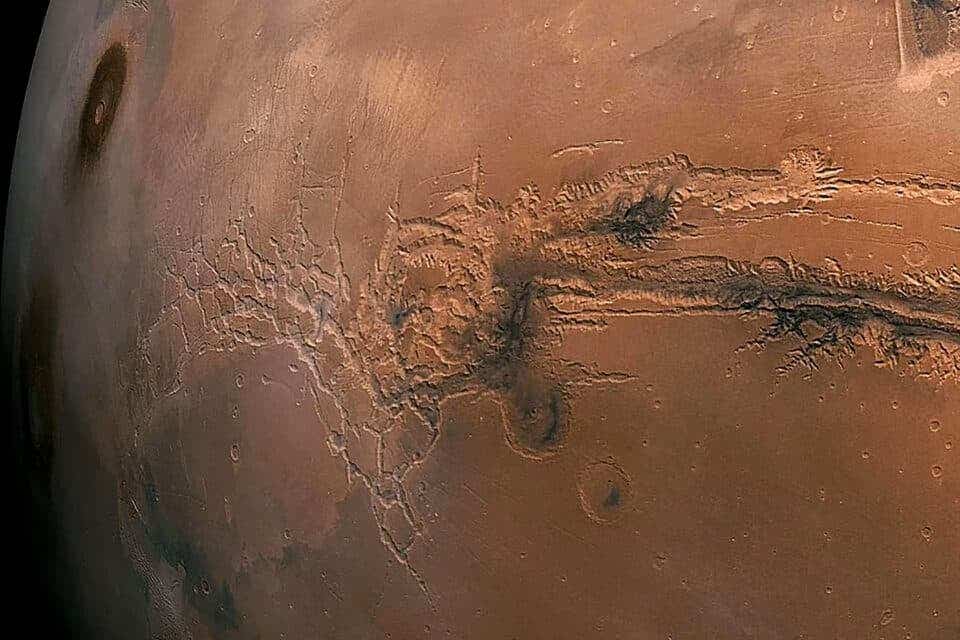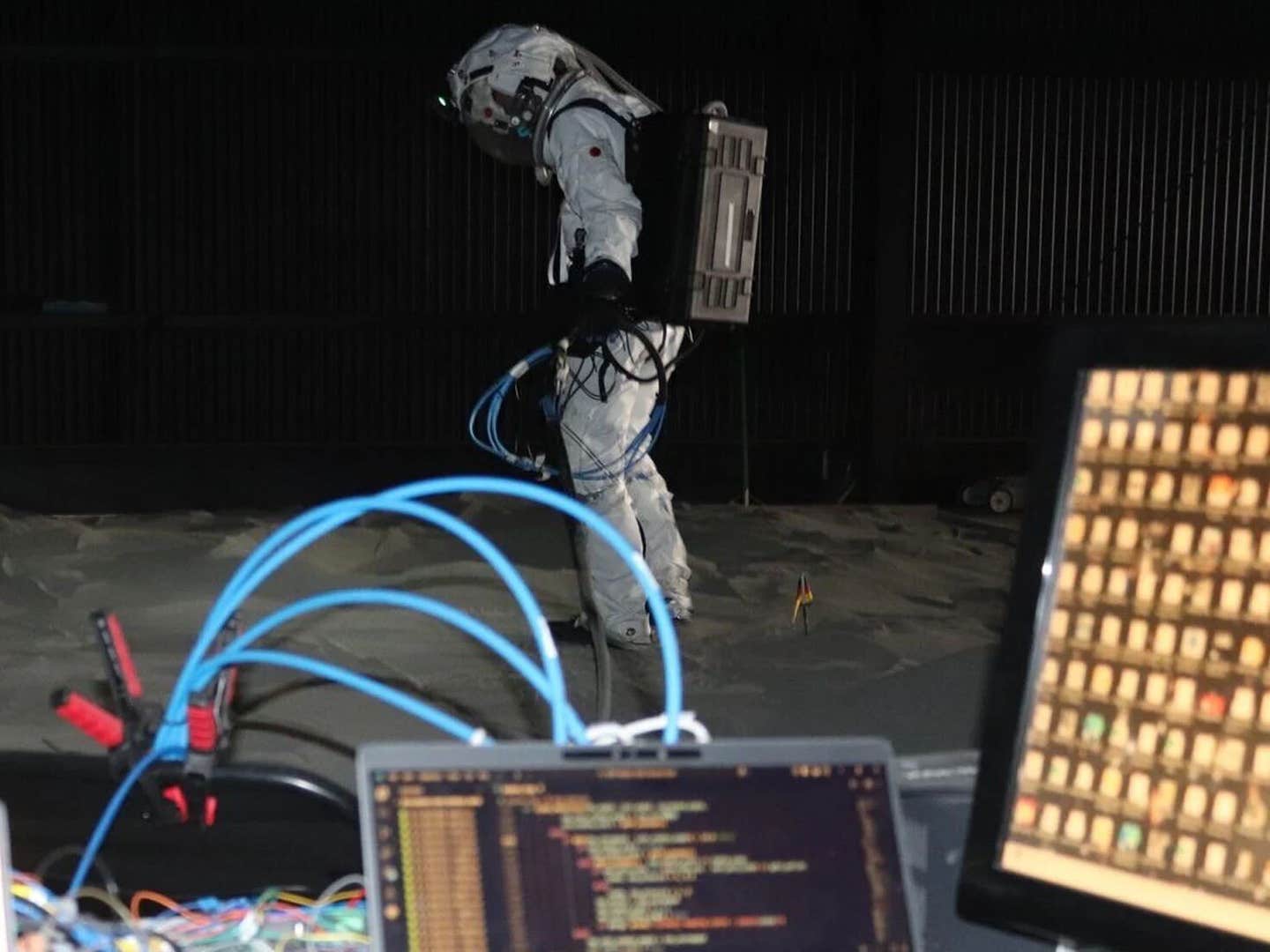Earth scientists discover a new and incredible type of volcanic eruption
Scientists now believe that a series of explosive eruptions at Kīlauea volcano represents a new category of volcanic eruptions

In 2018, a series of explosive eruptions at Kīlauea volcano caught the attention of scientists, who now believe these events represent a new category of volcanic eruptions.
Researchers from the University of Oregon, the United States Geological Survey, and China's Sichuan University have analyzed these eruptions, and their findings were published in Nature Geoscience.
The study focused on 12 consecutive explosions at Kīlauea's summit, part of a broader eruption sequence that included devastating lava flows on the volcano's lower flank. These lava flows destroyed thousands of homes and displaced many residents on the Island of Hawai'i.
Josh Crozier, who conducted this research as a doctoral student at the University of Oregon, explains that traditional explosive eruptions are driven by rising magma, vaporized groundwater, or both. However, the Kīlauea eruptions did not fit this typical pattern.
“These eruptions are quite interesting in that they don’t really seem to involve either of those,” Crozier said. “The eruptive material contained very little that looked like fresh magma that was blasted out, but there’s no evidence for significant groundwater being involved, either.”
The Hawaiian Volcano Observatory, part of the U.S. Geological Survey, closely monitors Kīlauea with an array of scientific instruments, from ground sensors to gas analyzers. This extensive monitoring provided a wealth of data for the researchers to analyze.
“A cool thing about these eruptions is that there were a bunch of them in sequence that were remarkably similar; that’s relatively unusual,” said Leif Karlstrom, a volcanologist at the University of Oregon. “Typically, volcanic eruptions don’t happen with as much regularity.”
Related Stories
With this abundance of data, the team was able to explore the specific dynamics of these eruptions. By inputting the data into various atmospheric and subsurface models, the scientists developed a new understanding of the events at Kīlauea.
Before each explosion, magma slowly drained from an underground reservoir, feeding lava flows 40 kilometers away on the volcano’s eastern flank. As the reservoir depleted, the ground above it—within the crater at the volcano’s summit—suddenly collapsed. This collapse rapidly increased the pressure in the reservoir. The pressure buildup forced magmatic gas and rock fragments through a conduit, blasting them out of a vent in Kīlauea’s crater.
The researchers liken this process to a stomp-rocket toy, where stepping on an air bag connected to a hose launches a projectile into the air. “The ‘stomp’ is this whole kilometer-thick chunk of rock dropping down, pressurizing the pocket, and then forcing material directly up,” Crozier said. The ‘rocket’ is the gas and rocks erupting from the volcano.
While caldera collapse is fairly common, this study is the first to detail this specific "stomp-rocket" mechanism. Crozier suggests that similar mechanisms may have occurred in other eruptions, though they have not been documented in the same way.
The researchers were able to link geophysical observations to the properties of the volcanic plume in the atmosphere, a rare achievement. “This link is very rare,” said Joe Dufek, a volcanologist at the University of Oregon. “It points to new ways for us to observe eruptions and to combine sensor measurements with computer simulations to better assess hazards from eruptions.”
Dufek notes that the sequence of smaller eruptions may have made it easier to identify the underlying mechanism, as other complex processes did not overshadow the stomp-rocket component. However, Kīlauea remains a complex system.
A typical textbook illustration shows magma moving upwards through chambers at different depths. However, Kīlauea's intricate network of scientific instruments offers a more detailed picture. “This is an example, and there’s an increasing number of these, where the pathways of magma ascent are quite geometrically complex,” Karlstrom said. “It gives us a much more nuanced picture of what volcanic plumbing systems look like.”
By understanding these complex mechanisms, volcanologists can improve their ability to forecast future eruptions and provide more accurate warnings to those living in the path of potential eruptions. This study represents a significant step forward in our understanding of volcanic activity, particularly at Kīlauea, and highlights the importance of continued monitoring and research.
For more science stories check out our New Discoveries section at The Brighter Side of News.
Note: Materials provided above by the The Brighter Side of News. Content may be edited for style and length.
Like these kind of feel good stories? Get the Brighter Side of News' newsletter.



